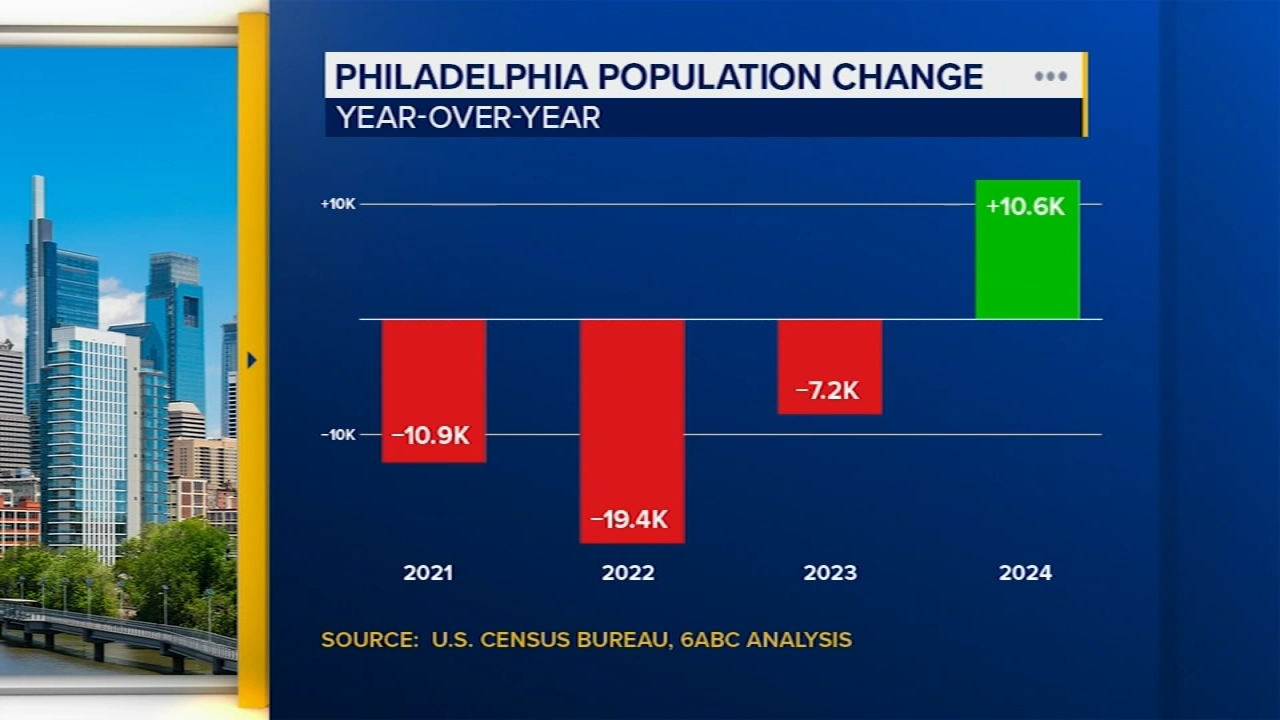Few opioid-addicted youth get standard treatment medication
Teen, young adult addicts may be dying because doctors not prescribing anti-craving drug

CHICAGO, Ill. (WPVI) -- Only 1 in 4 teens and young adults with opioid addiction receive recommended treatment medication despite having good health insurance, according to a study that suggests doctors are not keeping up with the needs of youth caught up in the worst addiction crisis in U.S. history.
"Young people may be dying because they are not getting the treatment they need," said Brendan Saloner, an addiction researcher at Johns Hopkins Bloomberg School of Public Health who wrote an editorial published with the study Monday in JAMA Pediatrics.
Researchers looked at records for nearly 21,000 patients ages 13 to 25 from one large insurance carrier, UnitedHealthcare.
All were diagnosed with opioid addiction, but only 27 percent were given buprenorphine or naltrexone during 2001-2014, years when addiction was soaring.
"The take-home message for parents is: If you have a child struggling with opioid addiction, understand that there are medications that support and sustain recovery," said study author Dr. Scott Hadland of Boston Medical Center.
Hadland was following a hunch when he began the study last year.
In his practice, he was seeing more young people addicted to opioids.
Many already had been through multiple treatment programs and they told him they'd never before been offered treatment medication.
Doctors must become more comfortable treating addiction with medications, Hadland said, noting that buprenorphine and naltrexone are recommended by the American Academy of Pediatrics.
Buprenorphine is given daily as a pill or film that dissolves under the tongue.
It costs about $100 a month.
Doctors need special training and a government waiver to prescribe it.
A common version of buprenorphine is Suboxone.
Vivitrol is a brand-name version of naltrexone.
It's a shot given once a month and can be used only with patients who have completely detoxed from opioids.
It costs about $1,000 per month.
The drugs work slightly differently, but both can ease cravings while patients work on addiction issues in counseling.
In the study, females, blacks and Hispanics were even less likely to receive the medications than males and whites.
It's unclear why, but unequal access to care or doctor bias could be to blame.
"The treatment gap is bad for everybody and even worse for certain subgroups," Hadland said. "Even though all the youth in our sample had access to high-quality health insurance, they may not have had equal access to high-quality addiction care."
Hadland and his colleagues plan to study access to treatment medications for youth from low-income families covered by government health insurance programs such as Medicaid.






